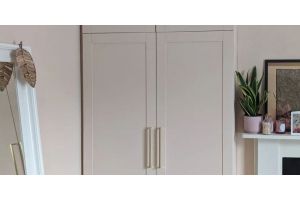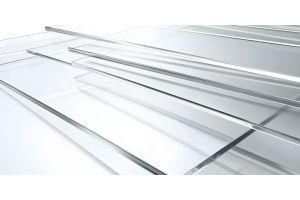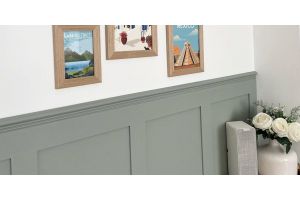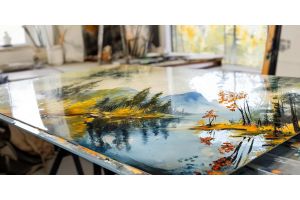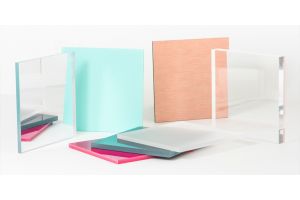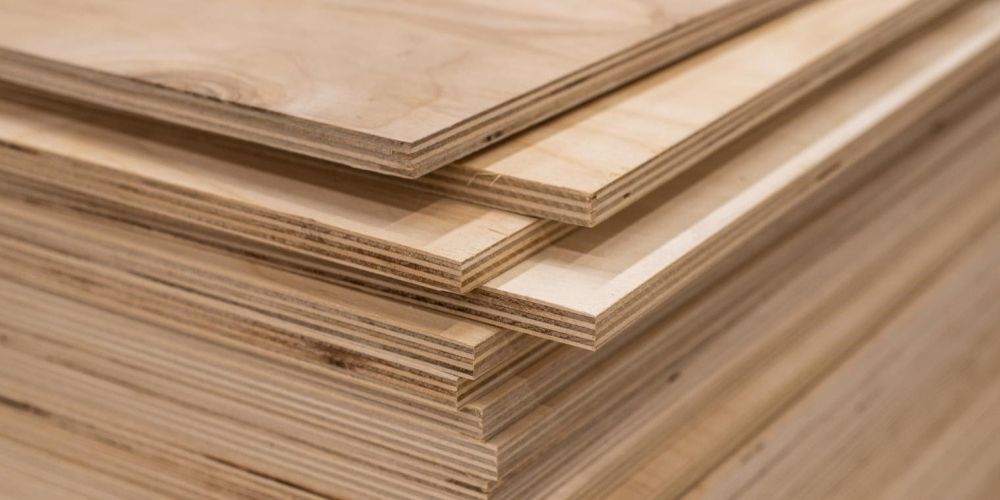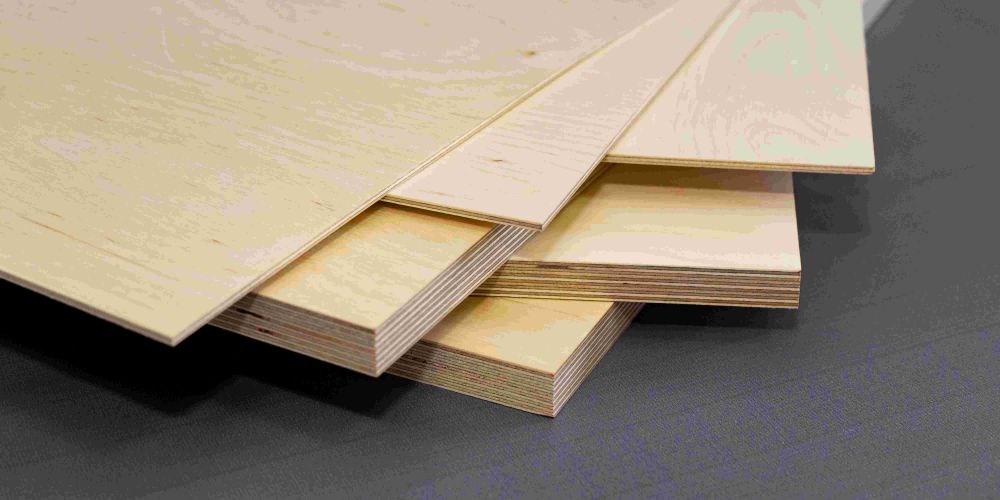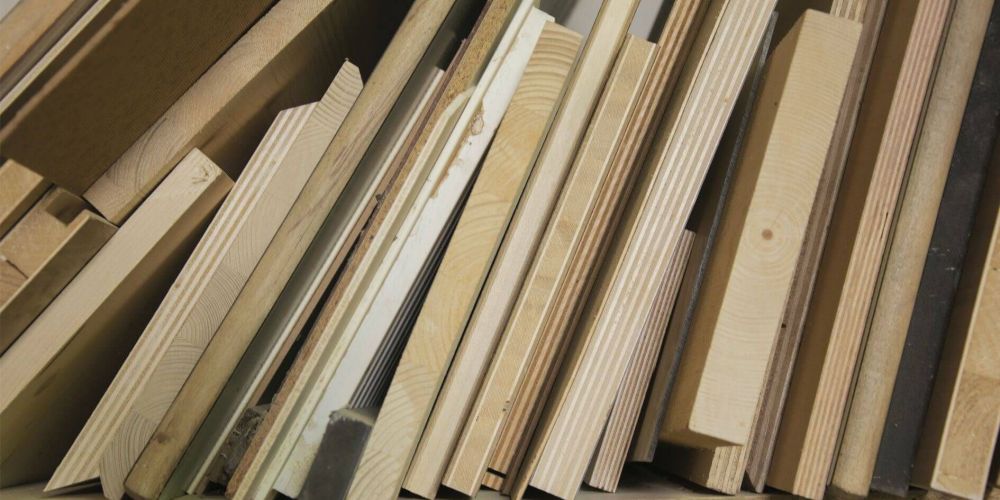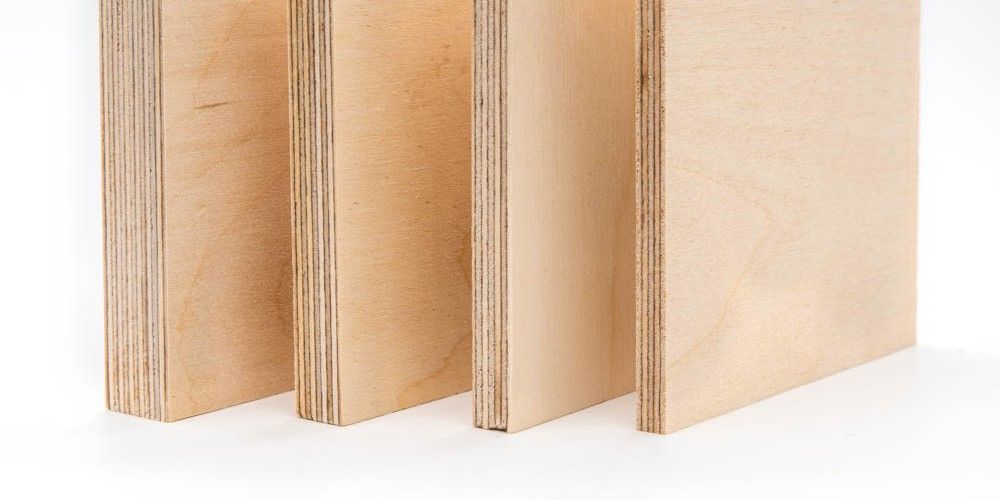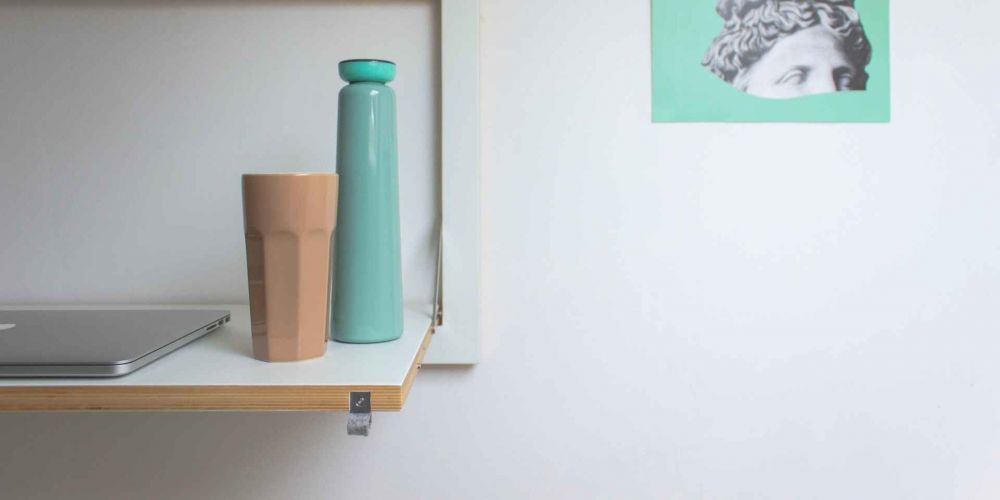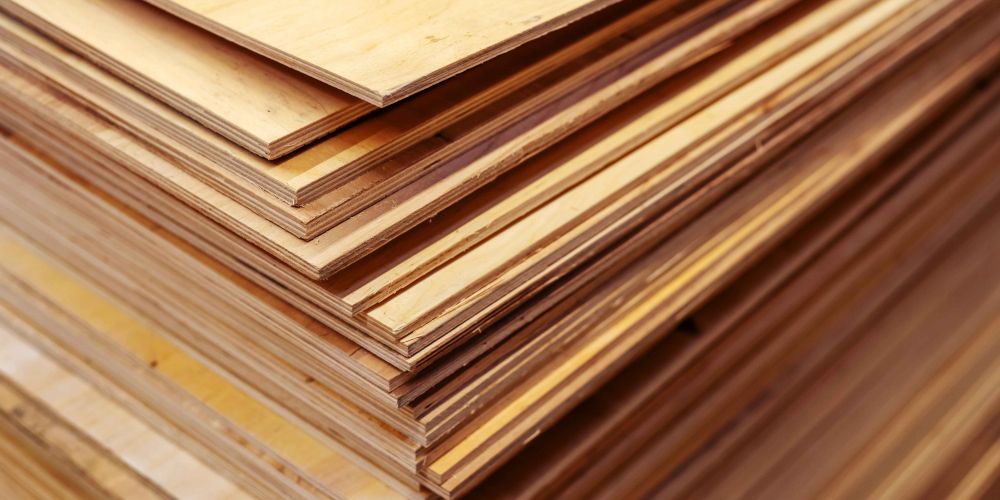
There are many varieties of plywood on the market which are designed to meet different requirements and environmental specifications. Understanding the difference between these characteristics is key to ensuring you choose the best product for your project.
There is a grading system in place that specifies how the finished look of plywood will appear which helps you to buy the right material for your application.
This simple guide will help you determine which options are available to you and how to choose the right plywood sheet for your needs. The grading rules vary depending on the country where the plywood is produced, so the following information is to be used as a guide only and may differ slightly depending on the plywood.
Plywood Appearance Grades
Plywood is graded based on the quality of its construction and the number of defects. The highest grades have the fewest imperfections and a smooth, blemish-free surface. Lower grades may have knots, splits, or other imperfections and are used where appearance isn't important.
| Grade | Key Features | Common Uses |
|---|---|---|
| A | Smooth surface, minimal defects, high quality | Furniture, cabinetry, high-end millwork, decorative applications, architectural projects |
| B | Solid surface with minor defects, suitable for painting | Subflooring, sheathing, structural panels, exterior cladding, interior wall panelling |
| C | Visible defects such as knots, splits, and patches | Roof decking, temporary structures, DIY projects, non-structural applications |
| D | Knots, splits, and patches more pronounced | Temporary construction, utility purposes, packaging, pallets, shed construction |
Some common plywood grades in the UK are:
AB Grade
AB grade plywood is a very high quality and is typically the best quality of all plywood. The surface of this material is incredibly consistent in its appearance and has no large variations in colour. There may be small pin knots, but they are usually no larger than a few millimetres in diameter.
B Grade
This grade of plywood champions the natural appearance of the wood, so there are changes in the colour of the grain pattern. Smooth knots are allowed, and they are usually under 15mm to 35mm in diameter, but this can vary depending on the country’s grading rules. The surface of B-grade wood is usually free from open knots and plugs and the wood is ideally suited to painting, staining or lacquering.
BR Veneer Grade
BR veneer grade plywood is similar to B grade, but the knots of this material don’t typically exceed 7 to 8mm in diameter. The natural appearance of this wood is visible, and it will have colour variations. This grade of plywood is also usually used for thinner sheets of plywood as it is used for specialist applications that require a more high-quality feel. BR veneer grade has a smoother finish than most plywood varieties.
BB Grade
BB grade wood is also similar to B grade, but it allows for larger knots and repairs to the face of the wood. Sound, smooth knots are permitted with this grade of wood and they are usually under 50mm in diameter. Open knots in this grade of plywood can also be repaired with wooden plugs. It is best suited to applications where the visual appearance of the wood isn’t vital.
C Grade
C-grade wood is structurally sound, but the appearance of the wood allows for defects, such as open knots, discolouration and splits in the surface of the wood. Because of these defects, this grade of plywood is not suitable for applications where the appearance of the wood is important but it’s great for situations where the strength of the plywood is vital. It is typically used for construction purposes.
CC Grade
CC grade wood is typically used as the underside of veneers as the structure of the wood is sound, but there are typically defects on the underside of the material. As with C-grade wood, these can include open knots, splits and discolouration. This type of plywood is suitable for applications where just one presentable face is required.
Performance Grades
Plywood panels are assigned performance grades that indicate their durability and suitability for different exposure conditions. These grades are important to understand when selecting plywood for a project.
Exterior/Exposure 1
Exterior/Exposure 1 plywood has the highest exposure rating and is designed to withstand permanent, full weathering and constant moisture. It is manufactured using adhesives with a high degree of water resistance to prevent delamination. Exterior grade plywood bonded with phenol formaldehyde can handle full weather exposure as well as repeated wetting and drying cycles. This makes it ideal for uses like exterior siding, roof sheathing, and other outdoor construction applications where rain, sun, snow and humidity will impact the wood.
Exposure 2
Exposure 2 plywood has an intermediate exposure rating, meaning it can handle some dampness but is not meant for permanent weathering. This grade is designed for protected exterior applications where moisture exposure will be moderate, such as eaves, soffits, or covered porch ceilings. The adhesive bond has some extra moisture resistance versus interior grade but not as much as Exterior grade.
Exterior/Exposure 1
Interior plywood, as the name implies, is intended solely for indoor use and is not formulated or bonded to resist moisture. Interior-grade plywood uses adhesives that have no waterproof properties. Exposure to rain, high humidity or damp conditions can quickly cause interior plywood to delaminate or swell. It should never be used in outdoor or humid environments. Indoor furniture, shelving, flooring and similar dry applications are appropriate uses for interior-grade plywood.
Choosing the Right Grade
Choosing the correct plywood grade for your specific purpose is important for several key reasons.
Appearance
First, selecting the proper grade ensures you will achieve the desired visual appearance for decorative uses where looks are important. For example, using B or C-grade plywood for fine furniture would result in an unacceptable final aesthetic with visible flaws. An A grade would provide the required blemish-free surface for attractive finishes.
Quality
Second, the right plywood grade provides the structural strength and performance characteristics suitable for the application. Exterior grades meant for roofing, siding or other outdoor exposure must have waterproof durability that interior grades lack. Using the correct performance rating plywood prevents failed projects.
Exposure Tolerance
Exposure tolerance is determined by plywood grade. Exterior-rated plywood is designed to withstand moisture, rain, snow and humidity. It is bonded with adhesives that resist delamination under damp conditions. Interior grades have no such moisture resistance. Choosing exterior grade plywood where outdoor exposure is expected prevents water damage.
Value
Finally, proper plywood grade selection gets you the right functionality at a suitable price point. Higher grades cost more due to tighter quality controls and flawless veneers. You pay for flawless looks. Lower-priced plywood works fine for non-decorative uses where surface blemishes don't matter.
When purchasing plywood, carefully consider your expectations for appearance, use, and life span. Compare grades and prices to select optimal value plywood suited for the intended purpose. For exposed fine woodworking, only the highest grades will do. For rough utility uses, a lower grade works at a fraction of the cost. If you need help choosing the right plywood for your next project, you can reach out to our friendly team at info@cutmy.co.uk.


